Life in Antarctica
15 February, 2021 Rothera
Billy Thursfield, Sub-Agent for BAM, is currently working on the construction of the new science and operations facility at Rothera Research Station, the Discovery Building. Here he reflects on working and living in this extreme and unique environment.
In December 2016 BAM were named as British Antarctic Survey’s (BAS) construction partner for the Antarctic Infrastructure Modernisation Programme. In a 10-year partnership, the modernisation of BAS’s Antarctic infrastructure will be undertaken, upgrading research stations and redeveloping existing berthing facilities to accommodate the new polar vessel for Great Britain, RRS Sir David Attenborough.
Modernising Rothera Research Station
I have been involved with the planning and delivery of works at BAS’s main research station at Rothera on the Antarctic Peninsula since April 2017. Initially as Sub-Agent on the wharf project and, since June 2020, with the Modernisation project to install the foundations for the new multi-purpose Discovery Building.
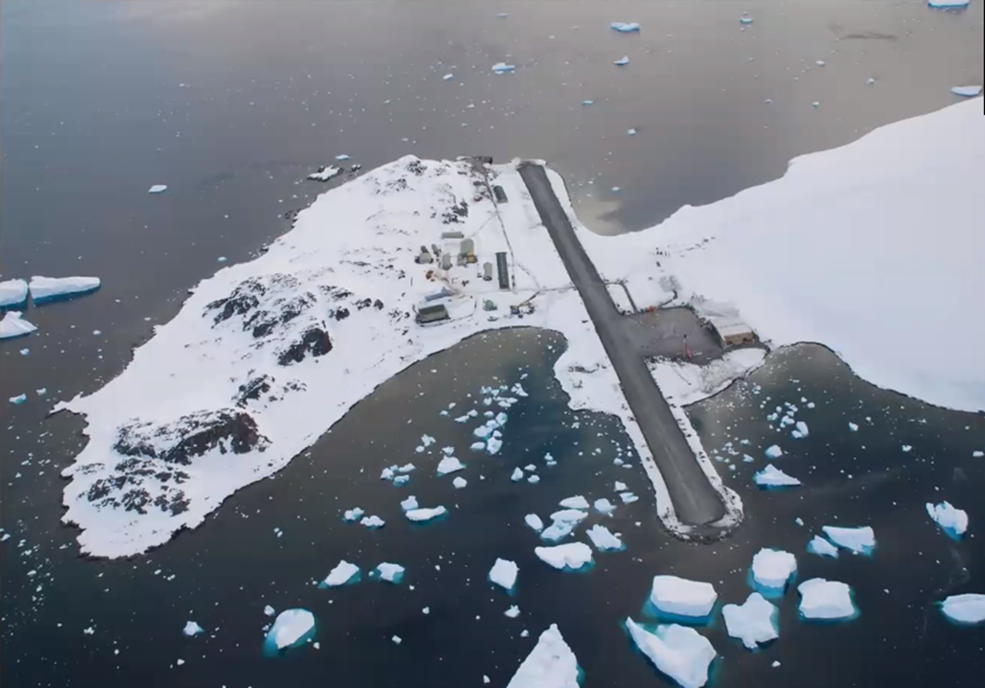
Construction works at Rothera are only possible during the Austral Summer season, typically 6-month periods from November to May. Outside of these times the weather is too extreme and there is not enough daylight to work in. The Wharf project commenced in November 2018 and was substantially completed in April 2020, however the effects of the COVID-19 pandemic meant that the construction team had to leave Rothera earlier than programmed. This resulted in some of the wharf furniture not being installed and commissioned prior to leaving. These works will now be completed in early 2021 during the current construction season.
Antarctica is the coldest, driest and windiest continent on Earth. It is nearly 10,000 miles from the UK and at least five hours away by plane from the nearest hospital. It is quite an undertaking to visit here in 2020, so one can only imagine what it must have been like during the great expeditions to the South Pole of Scott, Shackleton and Amundson.
Travelling to Antarctica
Getting to Antarctica is an adventure in itself. The usual travel route from the UK to Rothera uses commercial airlines via South America, with changes of plane in Madrid and Santiago, plus an overnight stop in Punta Arenas, Chile. From Punta Arenas it is still a flight of up to 6 hours, depending on weather conditions and cargo, on board BAS’s own DASH7 aircraft to reach the base.
Flying over the Andes Mountains on approach to Santiago, and then further South heading in to Patagonia, is absolutely awe-inspiring on a clear day. Majestic peaks, cone-shaped volcanoes, meandering glaciers and shimmering lakes are all laid out below and there might even be the chance to get a close-up view of Mt Aconcagua (6961m).
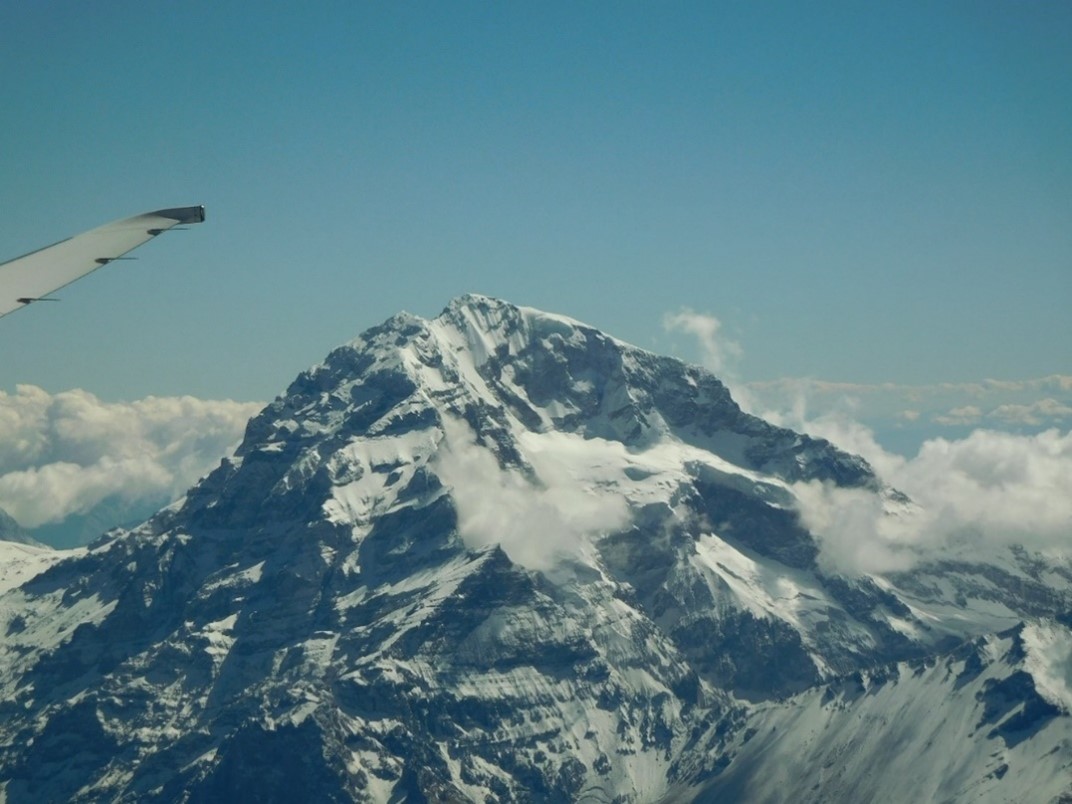
2020 has been a very unique year and this has greatly affected the way people currently travel to and from Rothera. As I am writing this article, I am heading to Rothera by sea with a small construction team of 23 BAM and 18 BAS people. The journey will take us about 30 days each way and will include brief stops in Las Palmas, Canary Islands and the Falkland Islands for fuel and stores. Unfortunately, we will not be allowed off the ship at either of these stops. Hopefully this won’t become the new normal!
The DASH flight over the Antarctic Peninsula and a landing on the 900m long gravel runway is a particular highlight of the journey and not for the faint hearted. The vastness of the continent is laid out below when passing over the peninsula and all that can be seen is snow and ice.
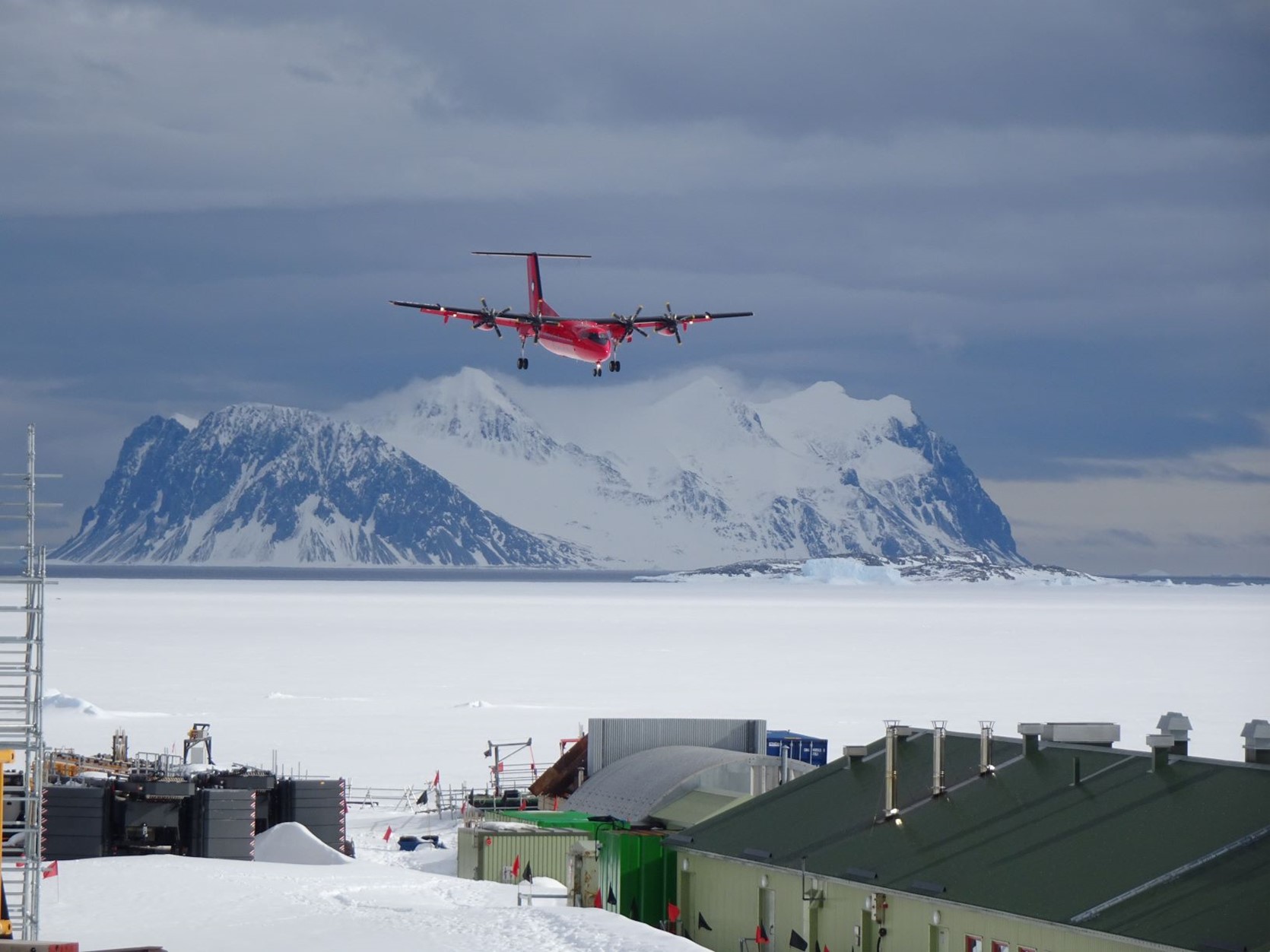
However, arriving by sea and berthing at the newly constructed wharf will be an even greater adventure. The ship will glide past towering icebergs, through bays surrounded by mountains and with any luck there will be some sightings of passing wildlife. The slower journey will allow more time to take everything in and savour the surroundings.
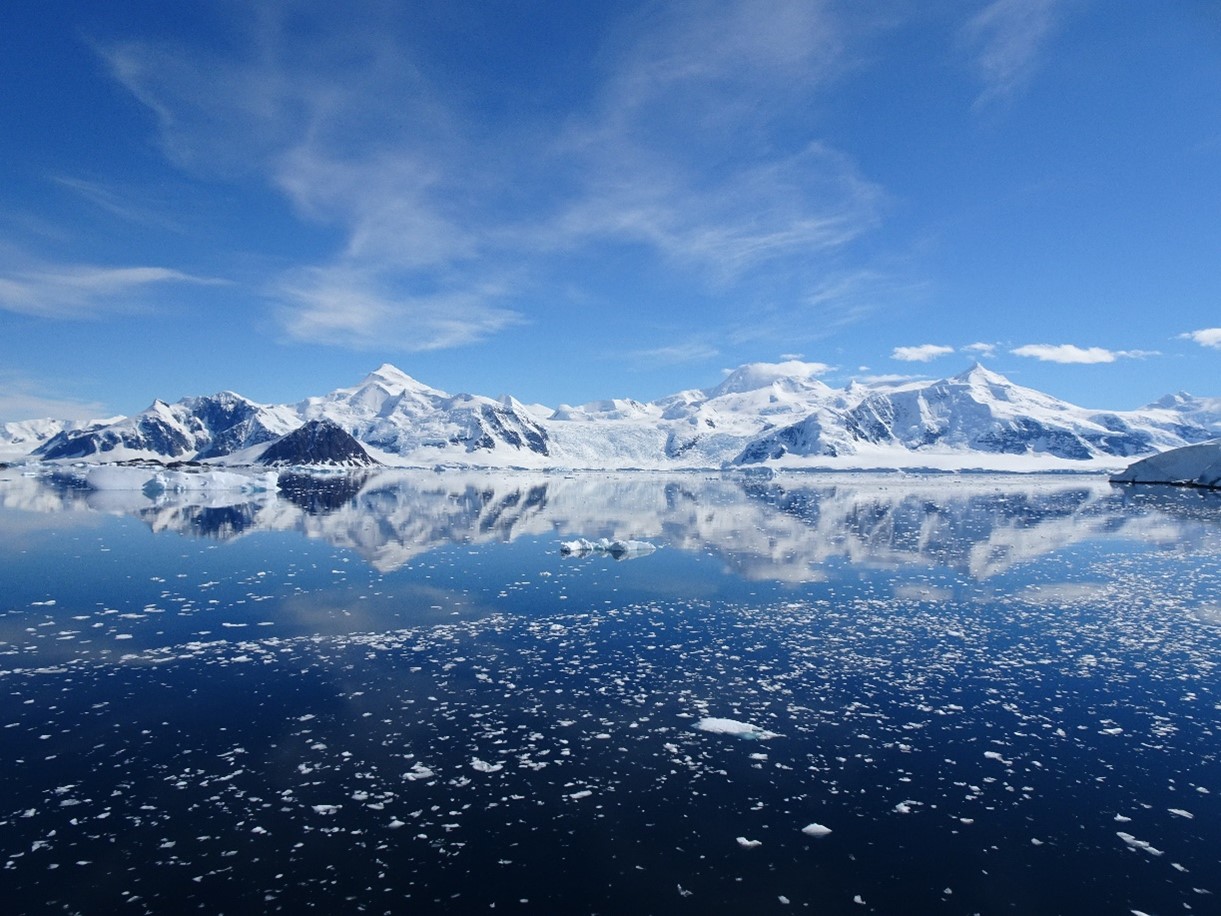
Arrival at Rothera Research Station
Nothing quite prepared me for my arrival in Antarctica. The remoteness of the location is highlighted by the scenery, the cold, the brightness and clarity of the air, no air pollution here! It is a short walk from the runway to New Bransfield House (NBH), the main building on station that houses the kitchen, library, TV room, quiet lounges and bar, for a good cup of tea and welcome from the Station Leader.
There are a variety of professions all working together at Rothera: scientists, field guides, chefs, general assistants, plumbers, mechanics, a doctor, pilots, weather forecasters, and runway tower operators to name a few. All are needed to keep the station and the infrastructure running and deliver BAS’s scientific programmes. BAM and BAS people have integrated really well and there is a real sense of community and being One Team.
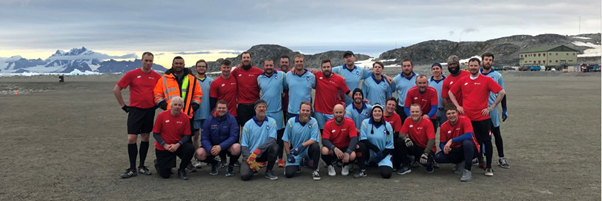
Although Rothera is a research station the facilities for everyone living and working here are far more comfortable than you would probably imagine. Although the majority of people working at Rothera are only there for the summer season it is home for approximately 24 Winter Staff who spend 18 months at Rothera at a time, so the place needs to be comfortable and as homely as possible.
Accommodation is provided in three separate buildings on a shared basis, either 2 or 4 people to a room. It can feel a little cramped with four in a room and personal space at a premium, you have to get on well and be respectful of you room buddies.
We certainly don’t go hungry at Rothera. The food is made to a very high standard and served five times a day, should you require it. Second helpings are also encouraged! This is to keep everyone well fuelled for working in the polar environment.
Living in Rothera Research Station
To relax out of working hours there are a number of recreational facilities and activities available such as a gym, climbing wall, sauna, library, art & crafts room, music room and lounges for TV, gaming and quiet time. When not in use, the runway is also available for walking, running and cycling.

When not working it is possible to take part in mountain sports such as skiing, snowboarding, ice climbing and mountaineering. These take place within a designated safe recreation area away from the station buildings. Accessing this area on foot or skis is a great way to experience the breath-taking scenery surrounding the base. After a short hike the station buildings are no longer visible. This gives a great sense of adventure as on a still day the silence is absolutely deafening.
Thankfully at the start of the summer season Rothera experiences 24 hours of daylight for six weeks, which is quite an odd sensation when it is as bright at 4am as it is at 4pm, but does mean you can enjoy some recreation in the evening after work finishes.
For a different perspective to life at Rothera recreational boat trips are available. RIB’s explore the waters around Rothera and the local islands. This is a great chance to take in different views of the surroundings, get up close to icebergs and for the lucky few encounter whales, seals and penguins.
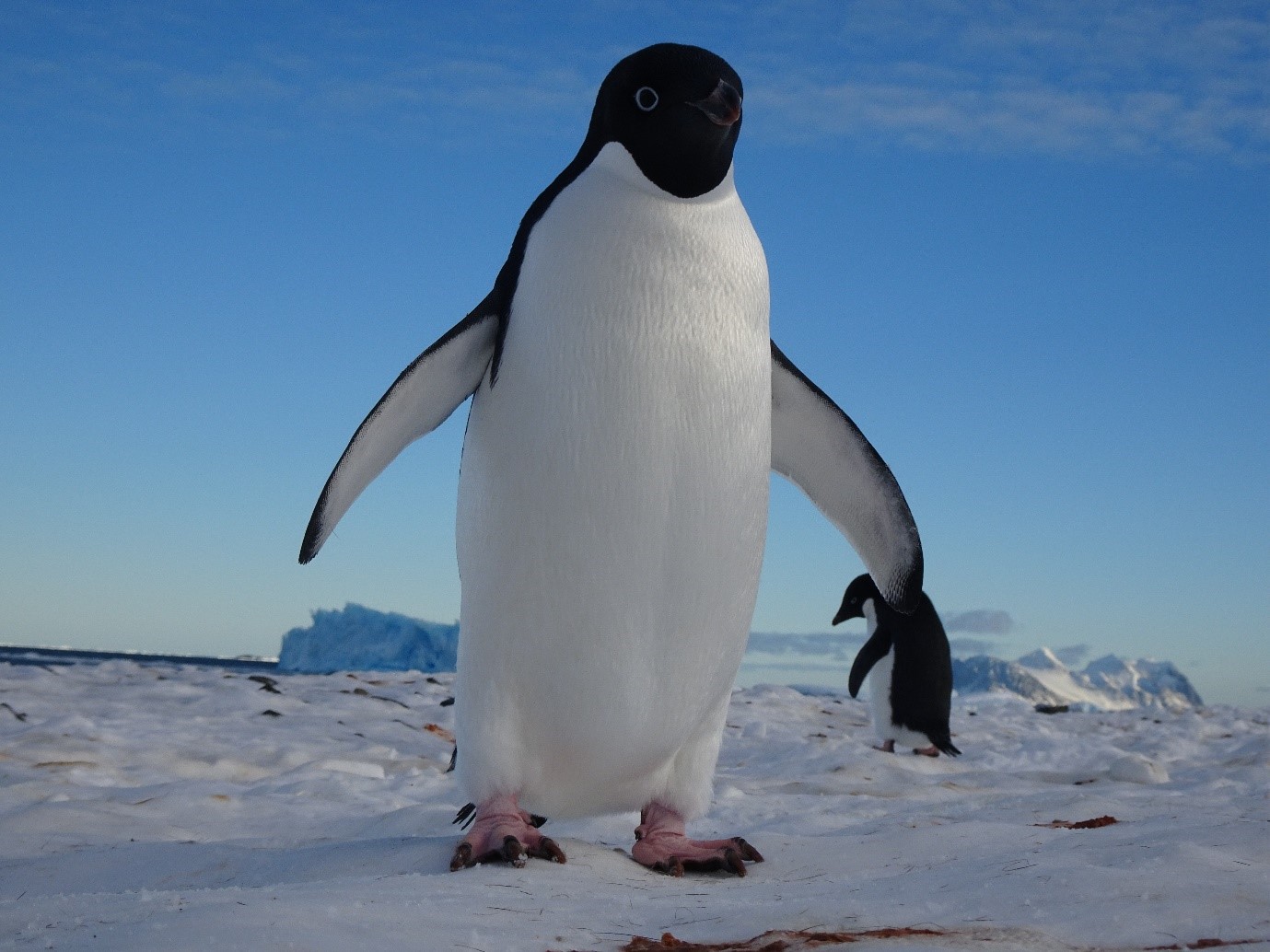
There is a short loop walk of about a mile from NBH around Rothera Point which provides excellent opportunities to observe more wildlife and, of course, the scenery. This is a favourite walk for me and I tried to walk it as much as possible, always with my camera at the ready. No two walks are the same as the wildlife is constantly changing as is the light, which is clear and crisp at the best of times, but absolutely incredible for sunrises and sunsets. Quite often I would find a nice rock to just sit back and take it all in.
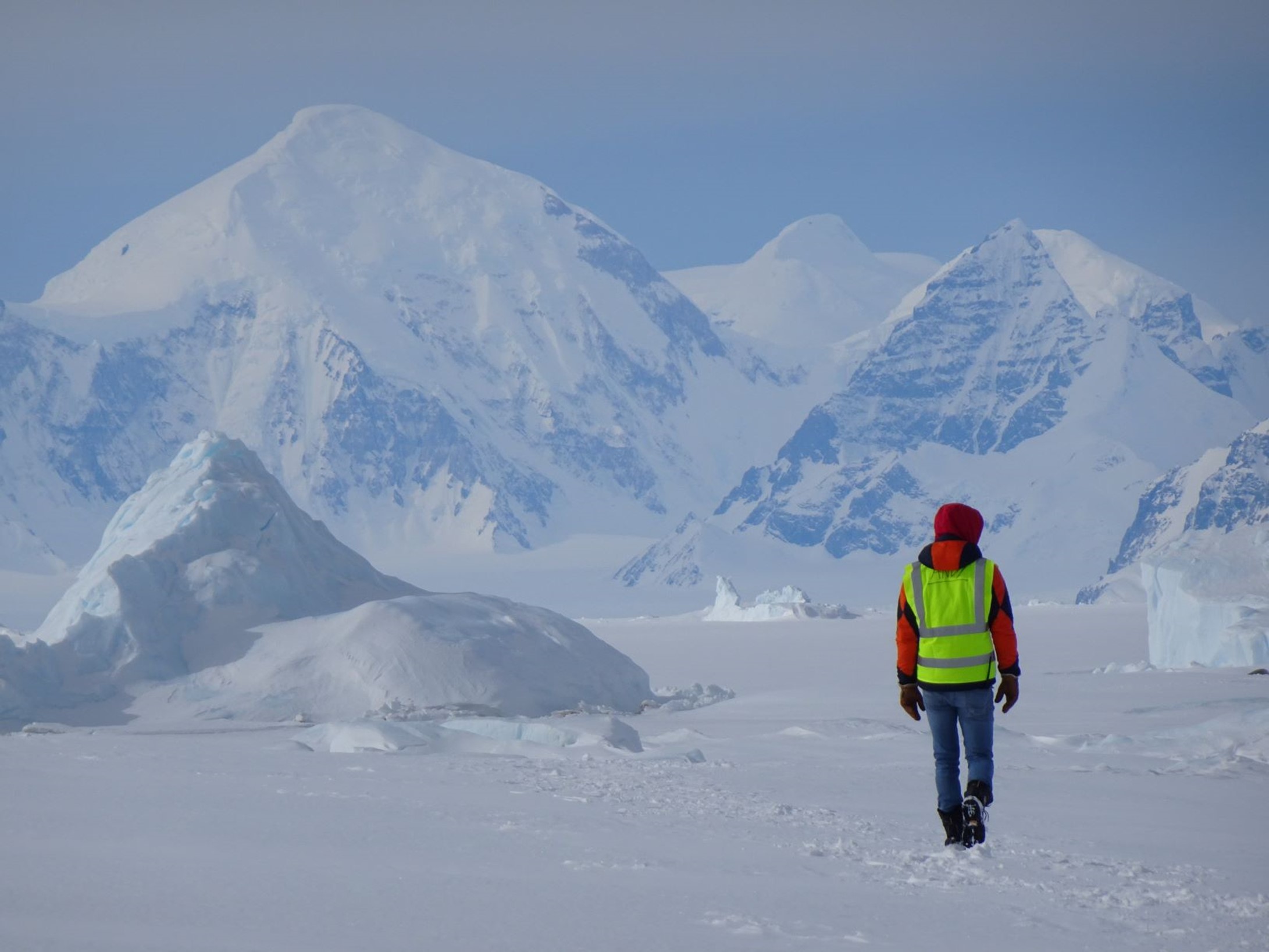
Ordinarily I use a DSLR Nikon D810 with an AF-S Nikkor 24 – 70mm f2.8G lens for the majority of my photography. However, I decided that this set up was not ideal for use on site as well as for recreation, so I chose to take a compact SONY HX60 camera with a 30x zoom lens. This gave me great flexibility as it is small enough to keep in a pocket and would be easily available to capture a passing penguin or iceberg. The impressive zoom range was perfect for capturing both the wide-angle landscapes and also for getting close ups of the wildlife. The combination of the clarity and changes of the light and truly amazing sights make Antarctica any photographer’s dream.
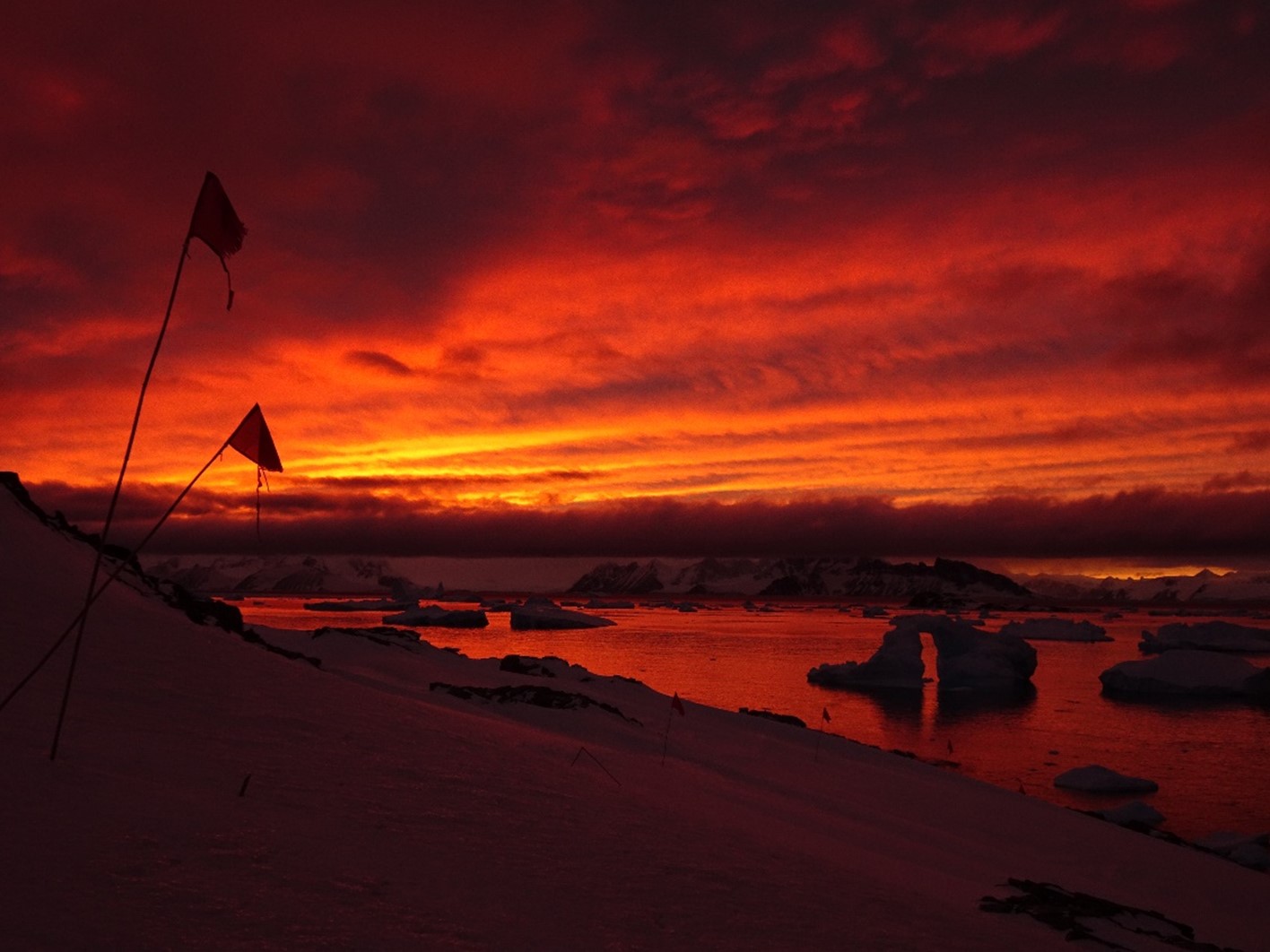
It is important to remember that we are here as guests of BAS and represent BAM. Living and working at Rothera for six months at a time has some challenges, and can be difficult at times, but personally the many positives far outweigh any negative experiences. I have thoroughly enjoyed my time so far at Rothera and feel privileged to have experienced Antarctica in all its glory and cannot wait to return.